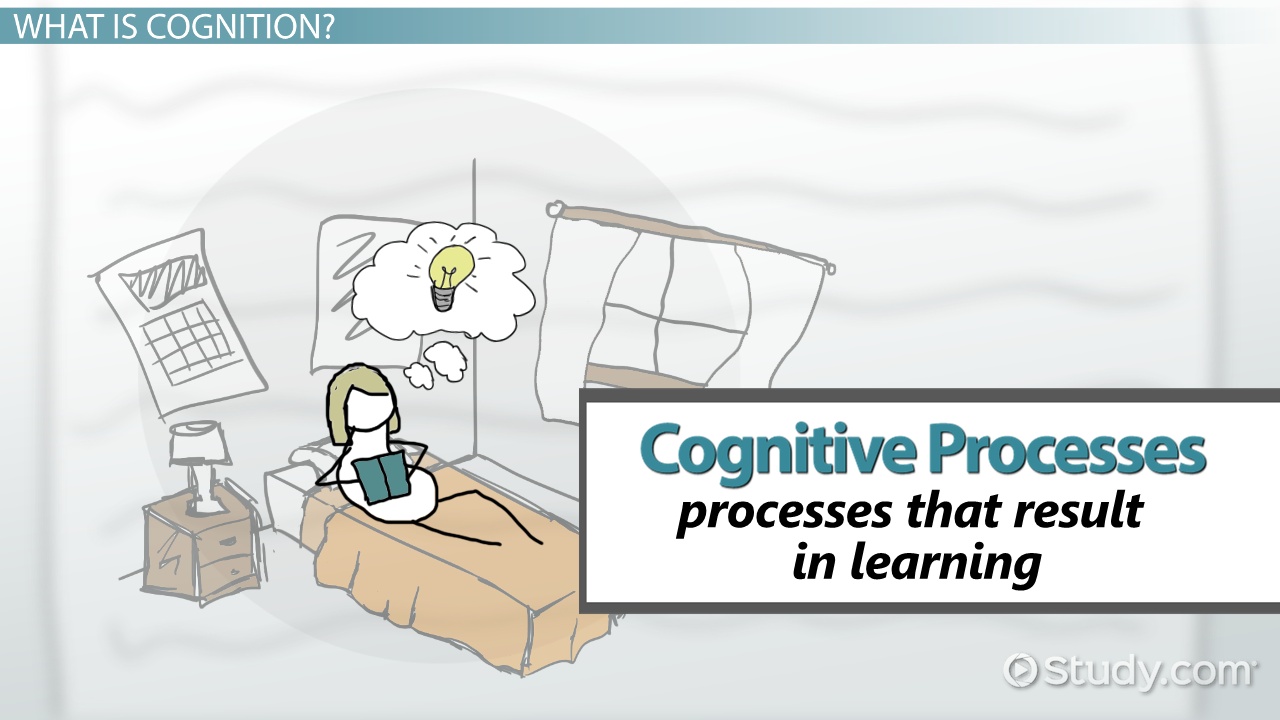
**Aesthetic Representation of a Neuron**
The human brain has the capacity to store data comparable to a petabyte, or 100 million gigabytes, which translates to approximately 4.7 billion books. It houses 86 billion neurons, 400 miles of capillaries, 100 thousand miles of nerve fibers, and over 10 trillion synapses. Nevertheless, even with this vast storage capability, our memory can often feel as delicate as a butterfly caught in a storm. Why do we possess such theoretical capacity while experiencing limitations in our ability to recall? In this article, you will discover the current insights into memory, its storage and retrieval, the curious nature of forgetting, and methods to enhance your own memory.
## What Is Memory Anyway?
Regrettably, the precise science behind memory functionality at the individual neuronal level remains elusive. However, a solid comprehension of the general operations of various brain regions exists, alongside several leading, intuitive theories that offer a high-level perspective on memory mechanisms, with the Atkinson-Shiffrin model being the most notable.
### The High-Level Framework of Memory
The Atkinson-Shiffrin model begins by suggesting that the first stage of memory initiates with the reception of sensory input. At this level, sensory data is gathered from the surroundings and held temporarily in the mind. The three principal categories in current research focus are iconic, echoic, and haptic, essentially relating to visual, auditory, and tactile sensory inputs.
Following this is short-term memory. Short-term memory encompasses what is actively in your mind at any specific moment, referred to as working memory, and the impressions or traces of earlier thoughts, typically within 15-30 seconds prior.
The last and most recognized stage is long-term memory, which aligns with our typical notion of memory. Interestingly, although it may not appear so, long-term memory seemingly has an almost boundless capacity, a subject we will explore further shortly.
### The Memory Process
The Atkinson-Shiffrin model serves well for illustrating memory, but it offers limited insight into how memories are created and retrieved. The American Psychological Association (hereafter referred to as the APA) has developed a model that explains current theories about the formation of memories, particularly long-term ones. This model consists of three stages: encoding, storage, and retrieval.
#### Encoding
Initially, information at the sensory level must be absorbed by the sensory organs, whether it’s words on a page or an unforgettable party experience. However, we cannot merely have a complete recording of all this information as a memory; capturing every small detail of a party would be exceptionally inefficient. Thus, this information needs to be filtered and refined so that only the pertinent elements are acknowledged. While reading a textbook, you don’t need to memorize the white space on the page or the page’s texture; your brain learns to disregard such details and concentrate on the words. Moreover, it emphasizes the significance of those words and how you actively interpreted their meaning at that time instead of memorizing their sequence.
A crucial aspect of encoding is the interplay between sensory processing and working memory. As neurons engage, they transmit electrical currents between themselves at high rates, with each active state and ensuing pause termed a cycle, and this electrical activity can be quantified. Research indicates that working memory typically operates at 3-8 cycles per second, whereas the processing of extensive sensory information can occur at 30-100 cycles per second. As both processes happen concurrently, the brain organizes sensory cycles into chunks of approximately seven within each working memory cycle. In simpler terms, each working memory cycle, defining your short-term memory, usually encompasses around seven cycles of sensory information, which may clarify the experimental finding that individuals can only hold 5 to 7 items in their minds simultaneously. This also elucidates why “chunking” information is a favored study tactic, as it aligns with the brain’s inherent tendencies. By grouping data, such as a phone number into smaller segments, the brain can easily remember chunks and link them together rather than processing a lengthy string of data.
The notion that the potency of a memory is influenced by the number of sensory cycles within each working memory cycle is utilized by the brain during phases of intense focus and learning. In such situations, the brain reduces the rate of working memory to around 3 cycles per second while maximizing sensory cycles. Although this might not lead to an increase in